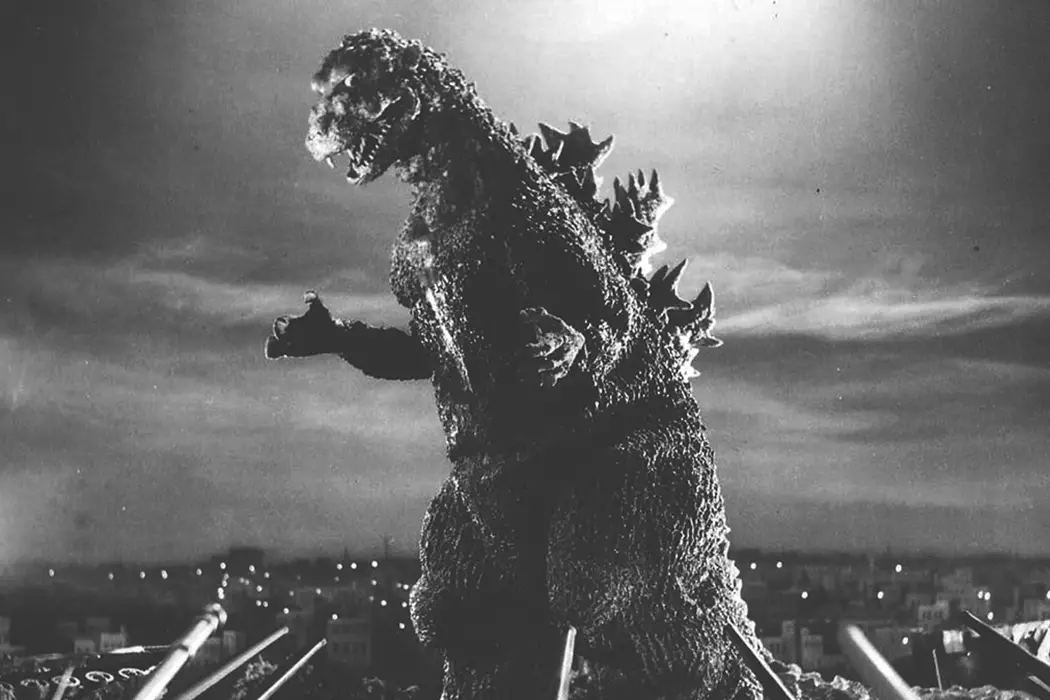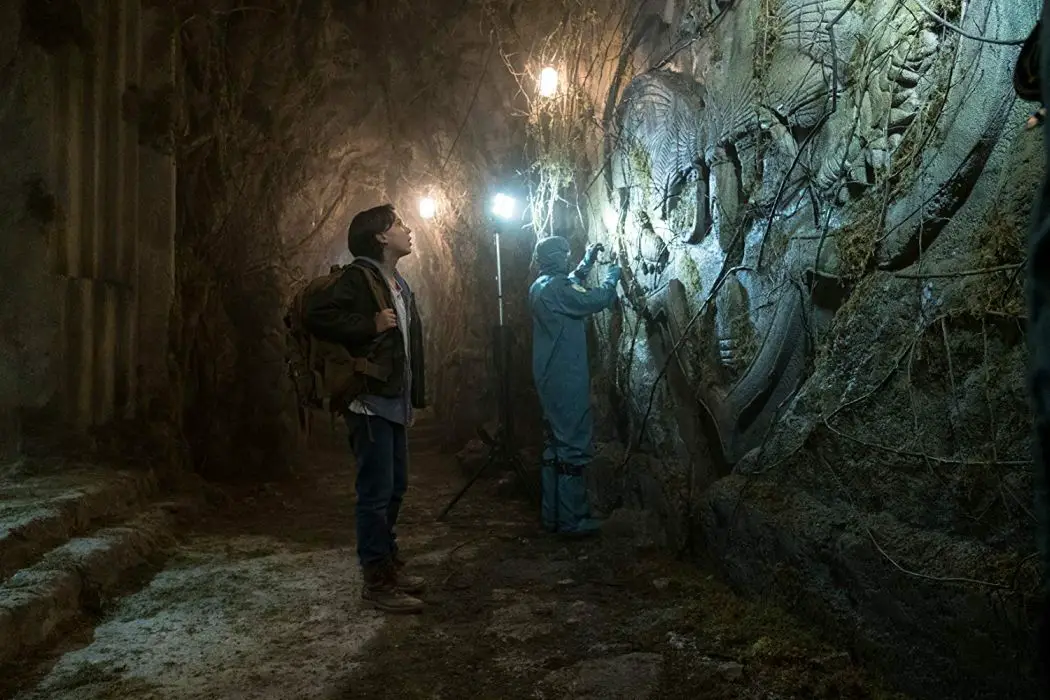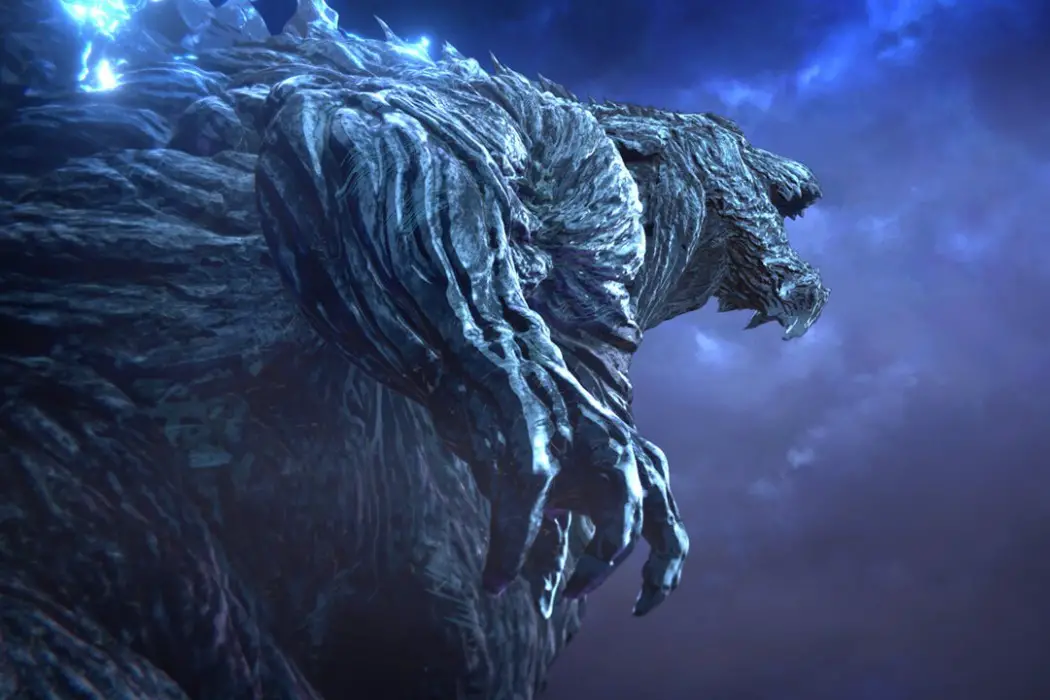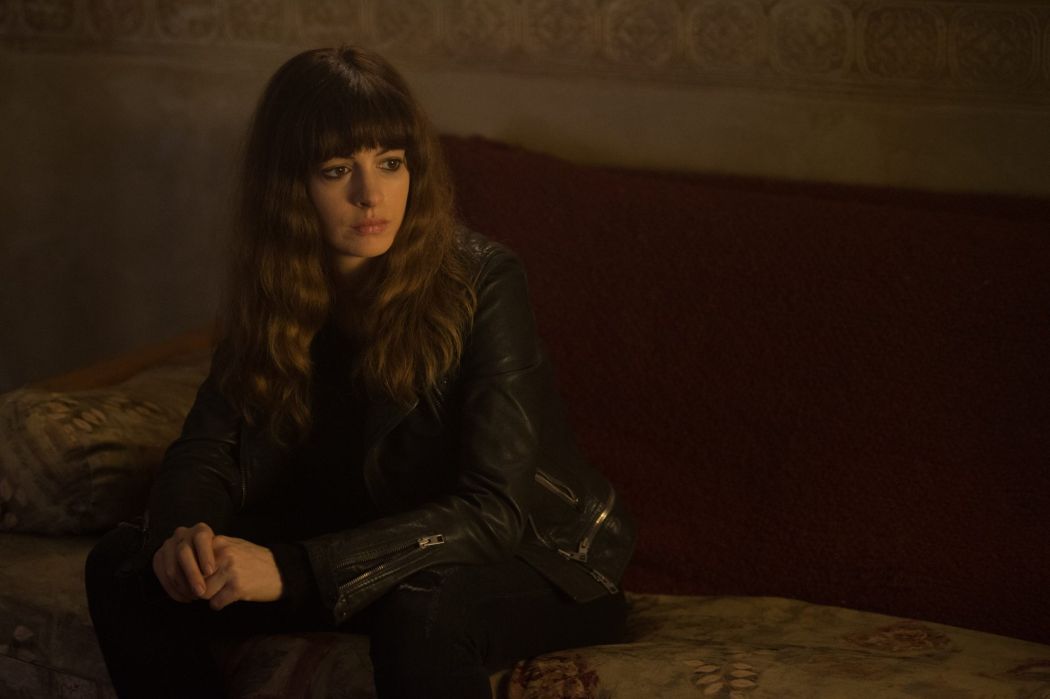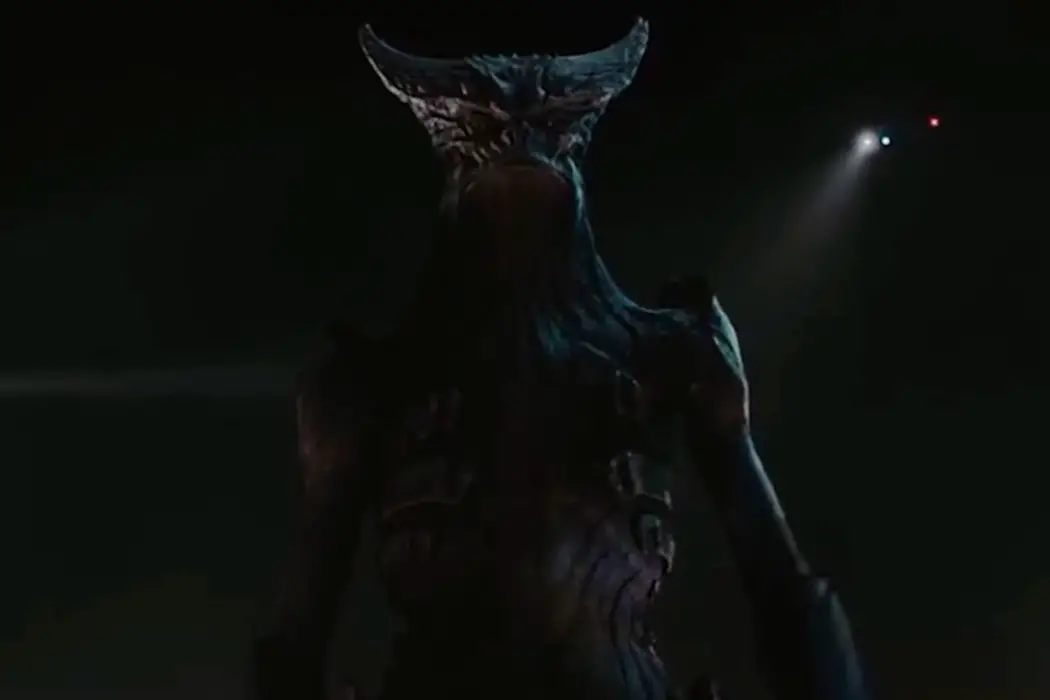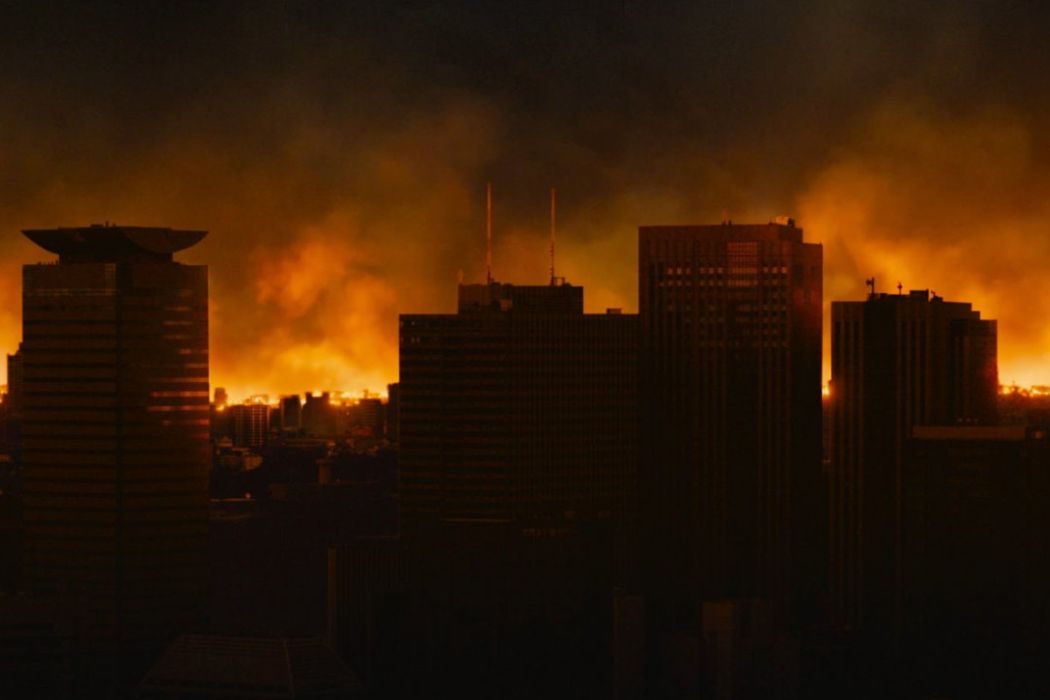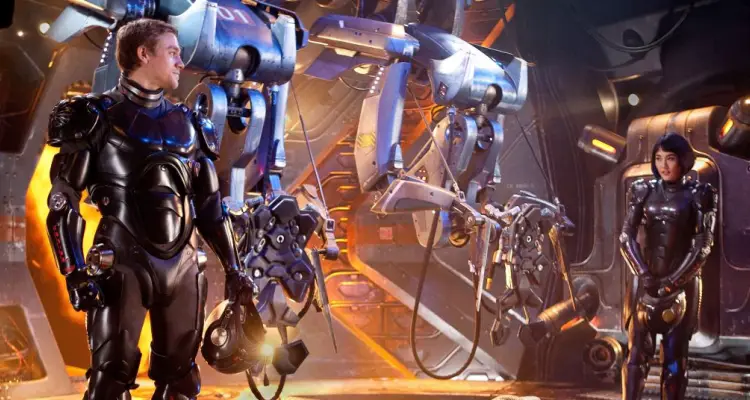Kaiju
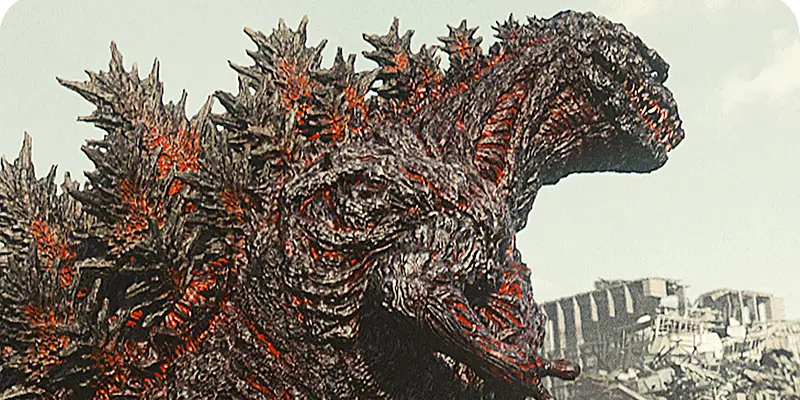
The Godzilla franchise has had a long and storied history, dating back to the original motion picture of 1954 directed by Ishirō Honda. Produced and distributed by famed Japanese film studio Toho, the original feature has spawned multiple franchise sequels over the years, from both its country of origin and the United States. Starting with the 1956 Japanese-American remake of Honda’s original feature from only two years prior, Godzilla, King of the Monsters!
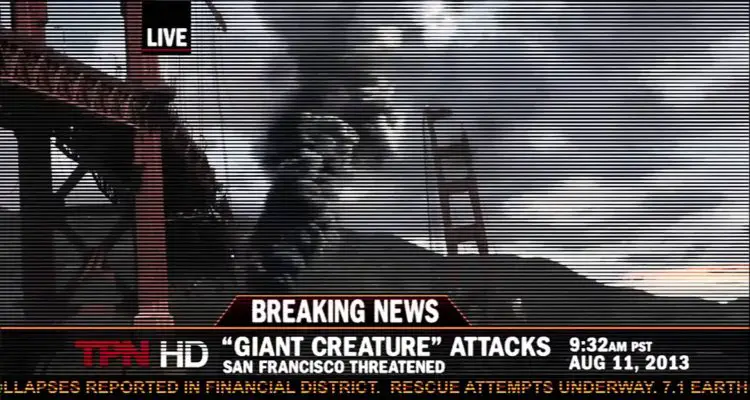
The long anticipated 2014 edition of Godzilla has not been hailed too positively by the critics. I recognize its flaws, but ultimately, I found the movie to be an enjoyable and entertaining ride. Godzilla – or Gojira – is originally a Japanese concept within the Kaiju (“monster” or “strange creature”) genre.



